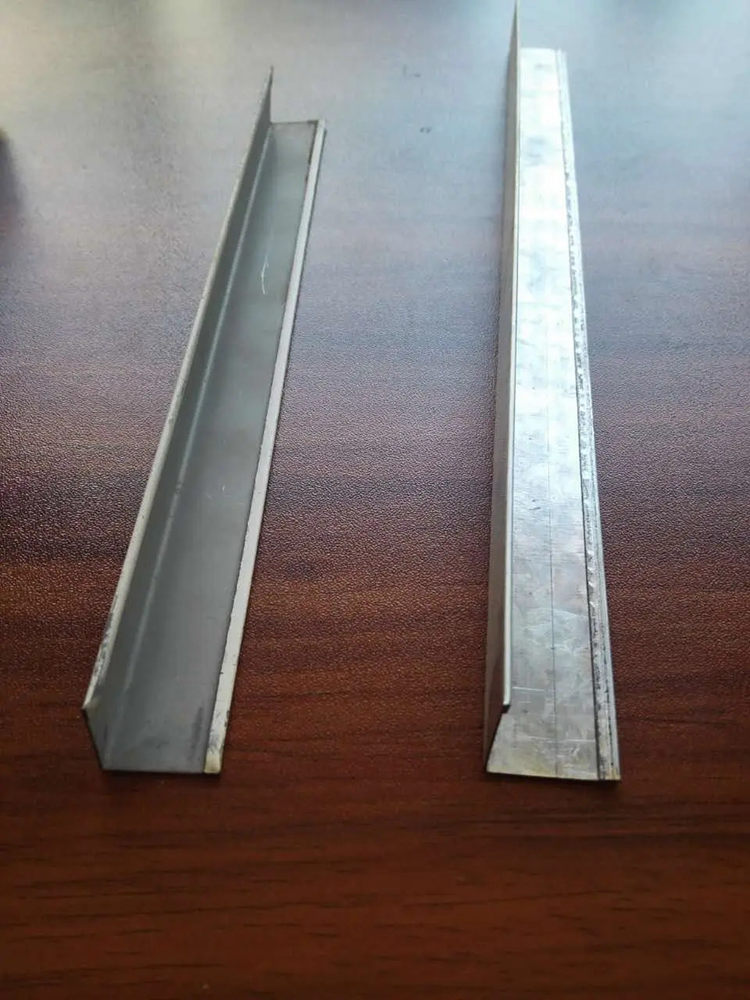
Welded Tube Mill Machines An Overview
In the realm of metal forming and manufacturing, welded tube mill machines play a crucial role in producing high-quality tubular products across various industries. These machines are dedicated to transforming flat steel strips or coils into precision tubes through a series of carefully orchestrated mechanical processes. From automotive applications to structural engineering and even aerospace components, welded tubes are integral to countless products in today’s economy. This article delves into the working principles, components, advantages, and applications of welded tube mill machines.
Working Principles
Welded tube mill machines operate on a straightforward yet effective process. The journey begins with a flat steel strip that is fed into the mill. The first step is to shape the flat strip into a cylindrical form using a series of rollers. This formative process, known as forming or profiling, involves bending the edges of the strip until they meet at a point where they can be welded together.
Once the strip is formed into a tube, the next pivotal stage is the welding process. Typically, high-frequency induction welding or submerged arc welding techniques are employed. High-frequency induction welding uses electromagnetic induction to generate heat at the edges of the strip, allowing them to fuse together as they pass through the welding station. This method is renowned for its efficiency and ability to produce clean, durable welds. After welding, the tube enters a series of sizing and calibration stations to ensure the finished product meets specified dimensions and tolerances.
Components of a Welded Tube Mill Machine
A welded tube mill machine is composed of several critical components
1. Uncoiler This device unwinds the flat steel coil and feeds it into the forming section of the mill.
2. Forming Rollers A series of rollers shape the flat strip into a tube.
3. Welding Mechanism This is where the edges of the strip are fused together. Depending on the method used, it can be high-frequency, laser, or submerged arc welding.
4. Sizing Section After welding, the tube goes through a sizing section with diameter and wall thickness adjustments.
5. Cooling and Normalizing Section Post-weld, the tube is cooled and normalized to relieve stresses and achieve the desired mechanical properties.
6. Cutting System Finally, the mill is equipped with a cutting system that accurately cuts the tube to desired lengths.

Advantages of Welded Tube Mill Machines
The advantages of utilizing welded tube mill machines are numerous
1. Cost Efficiency Producing welded tubes requires less raw material compared to seamless tubes, making it a more economical choice for manufacturers.
2. Speed and Scalability The automated processes allow for rapid production rates, making it feasible to meet high-volume demands without sacrificing quality.
3. Versatility Welded tube mills can produce tubes of various sizes and thicknesses, catering to a wide range of applications.
4. Quality Control Advanced quality assurance systems can be integrated into the production line, ensuring that each tube meets stringent industry standards.
5. Customization Manufacturers can tailor the design and specifications of the tubes to meet specific customer requirements.
Applications of Welded Tubes
Welded tubes find applications in many sectors, including
- Construction Used for structural support, scaffolding, and frameworks. - Automotive Essential in the production of exhaust systems, chassis, and roll cages. - Oil and Gas Employed in pipelines and drilling rigs for transporting fluids and gases. - Aerospace Used in various aircraft structures where weight and strength are critical.
Conclusion
In conclusion, welded tube mill machines are indispensable in modern manufacturing, offering efficient, cost-effective, and high-quality solutions for producing a wide array of welded tubular products. With advancements in technology, these machines continue to evolve, enhancing their capabilities and applications. As industries demand more innovative and versatile solutions, the significance of welded tube mills is set to grow, solidifying their position in the global manufacturing landscape.